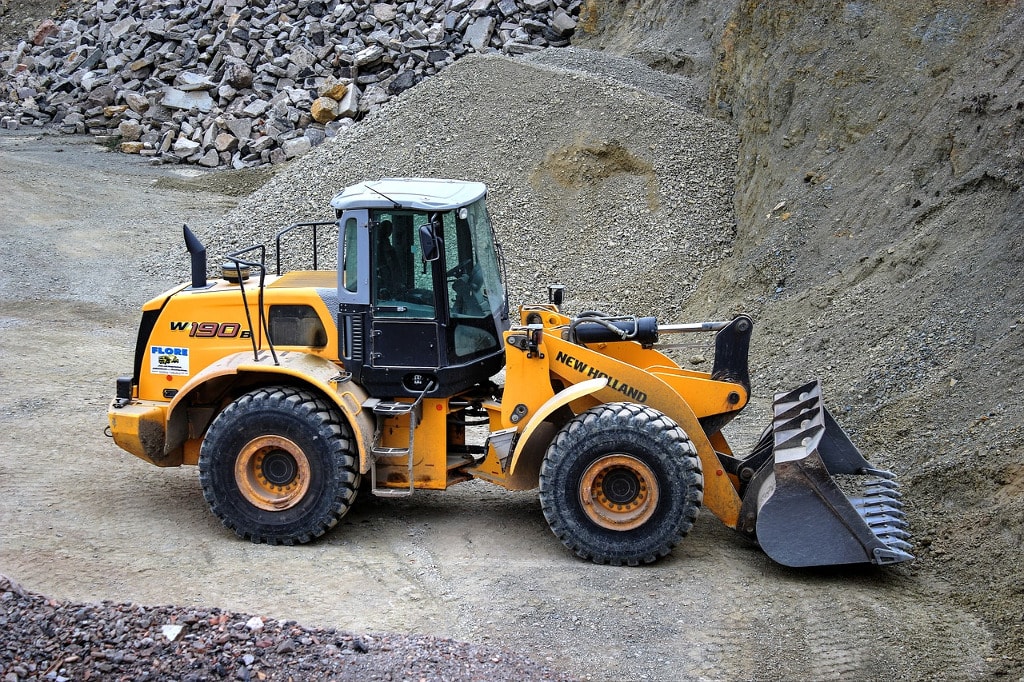Cambridge IGCSE Accounting(0452)/O Level Principles of Accounts(7110) Notes: Introduction to depreciation
- We have already explained that depreciation is the wasting away of fixed assets
- We have also explained that it is treated as an expense in the Income Statement where it should appear at least once a year
- Now we will look at the causes of depreciation
- It is caused primarily by the following factors:
- physical factors
- economic factors
- time
- depletion
Physical factors
- These can be broadly divided into 2:
- Wear and tear– for example machines with parts that grind together and wear away e.g. motor vehicles
- Rust,erosion,rot and decay-for example machines made up of iron, wood or organic materials
Economic factors
- An asset may still lose its value and put out of use if though it may still be physically sound
- This is usually due to two economic factors:
- Obsolescence– the asset may now be out of date. A popular example is that of typewriters which have been replaced by computers. Computers themselves quickly become of date and need to be replaced by newer models
- Inadequacy-arises due to the growth of the business for example as a business increases in size it might need to buyer a larger machine with more capacity essentially eliminating the need for the smaller machine
Time
- Common sense dictates that time is required for an asset to wear, tear or rust
- Time has a greater impact on assets that are of a legal nature
- For example a lease, a rental contract has a fixed term, as time passes that term is reduced which must mean that the lease’s value/net worth decreases with the passage of time
- This decrease in value is called ammortisation
- Usually it relates to intangible fixed assets of a legal nature
- While on the issue it must be emphasized that while Goodwill is treated as an intangible asset, it should never be amortized (depreciated)
- This is something we will continue to speak about in the relevant topics
Depletion
- Other assets are of a wasting nature usually due to the extraction of non renewable raw materials from them
- These raw materials may be processed by the business or sold as is to customers
- Examples are mines, oil wells, sand pits and quarries
- As the asset is consumed its value falls
- We have therefore to provide for this depletion
NB
- Land does not normally suffer depreciation but if it does that depreciation needs to be calculated
- Buildings depreciate and their value must be separated from the land upon which they stand
To access more topics go to the Principles of Accounting Notes.



